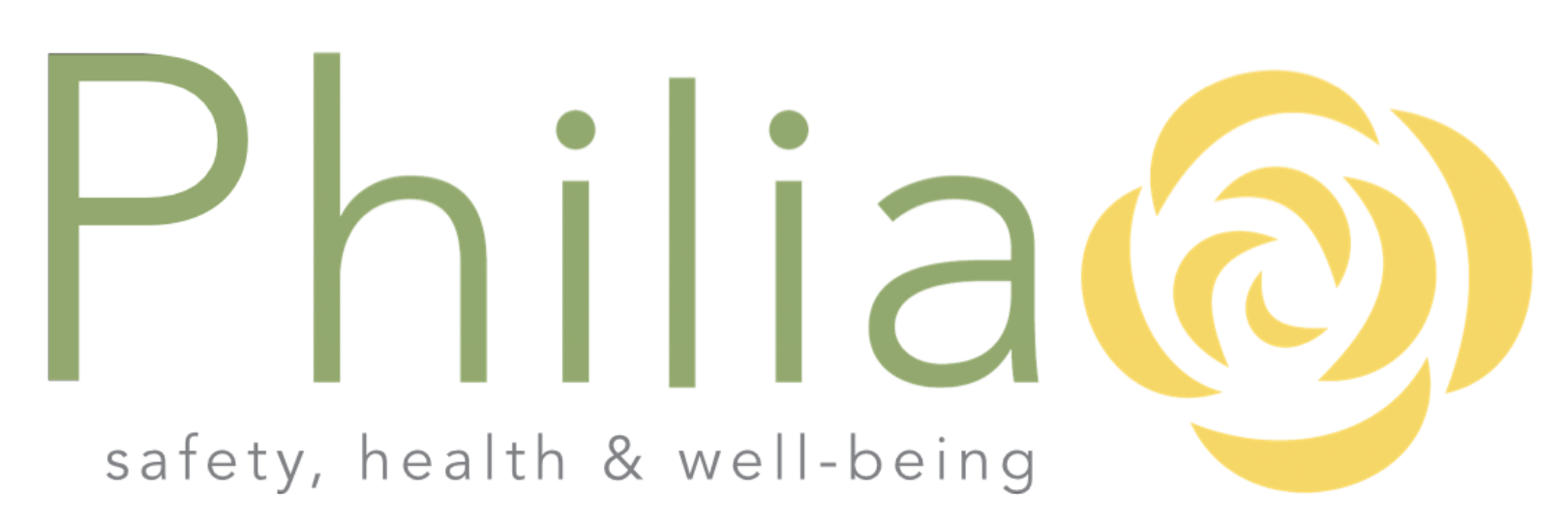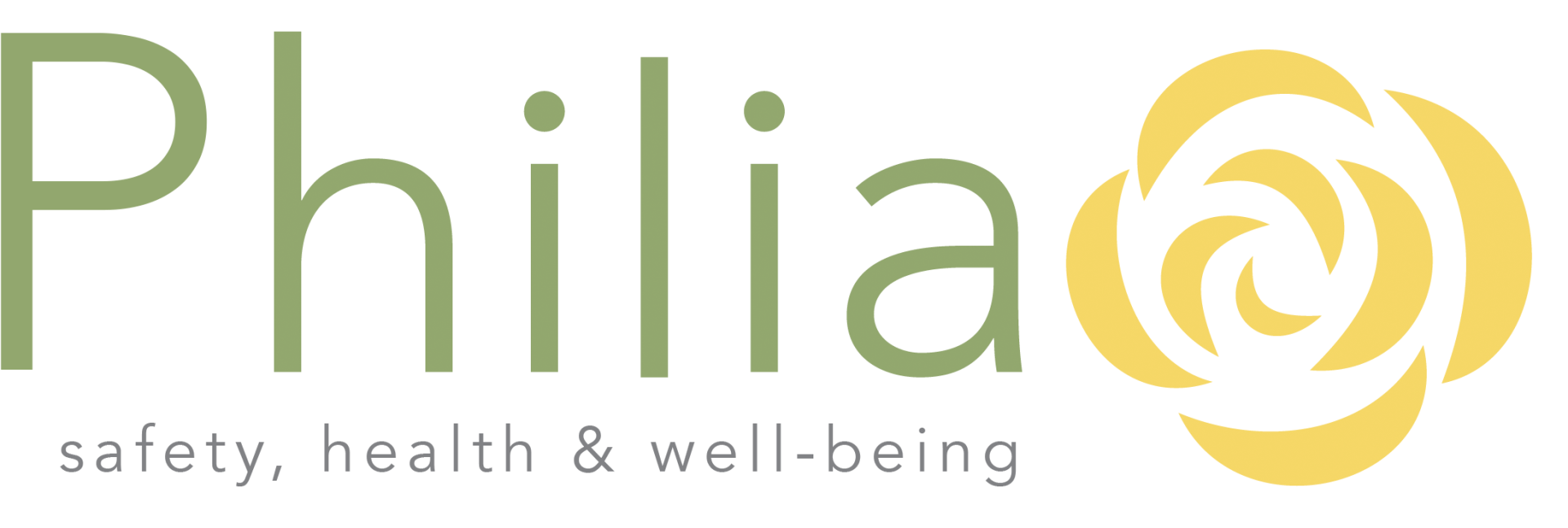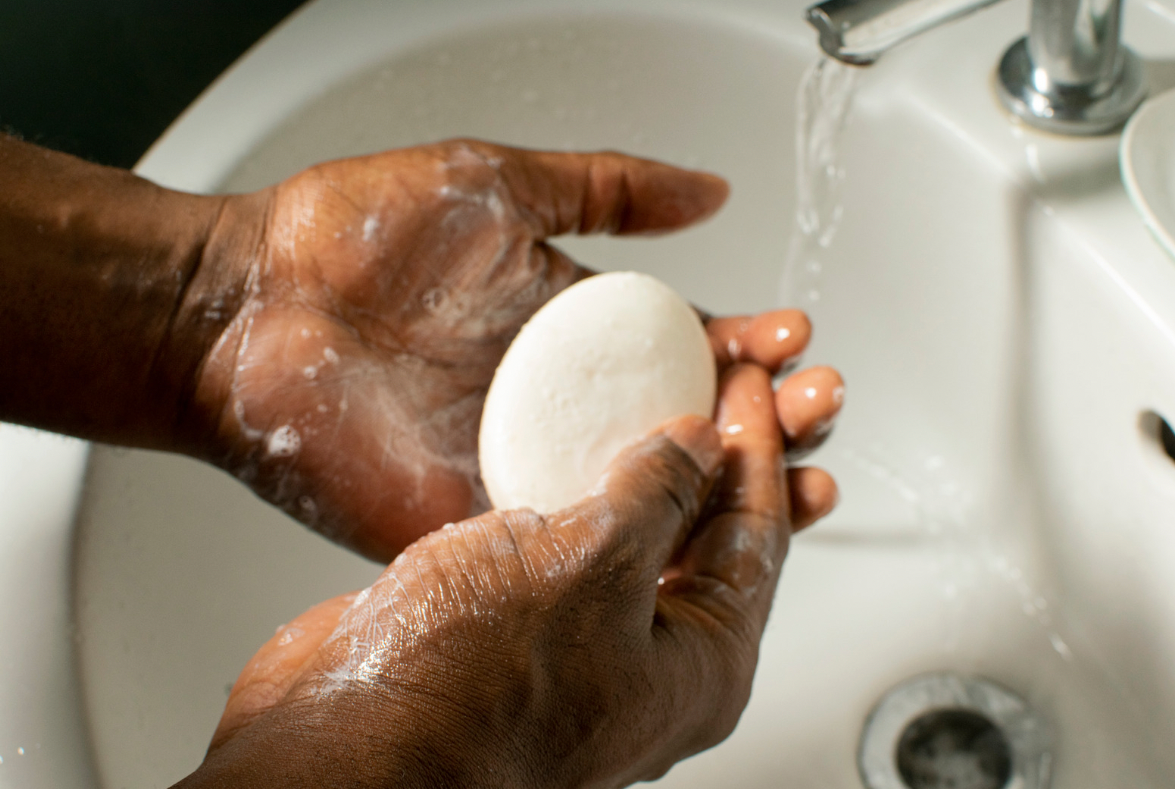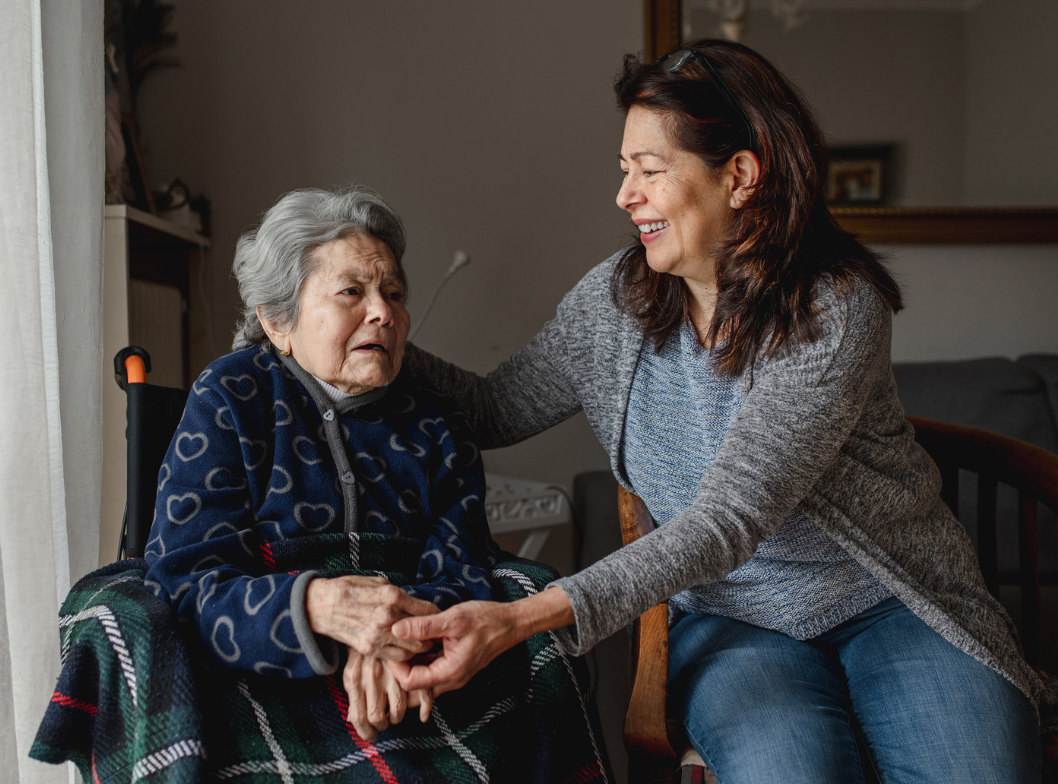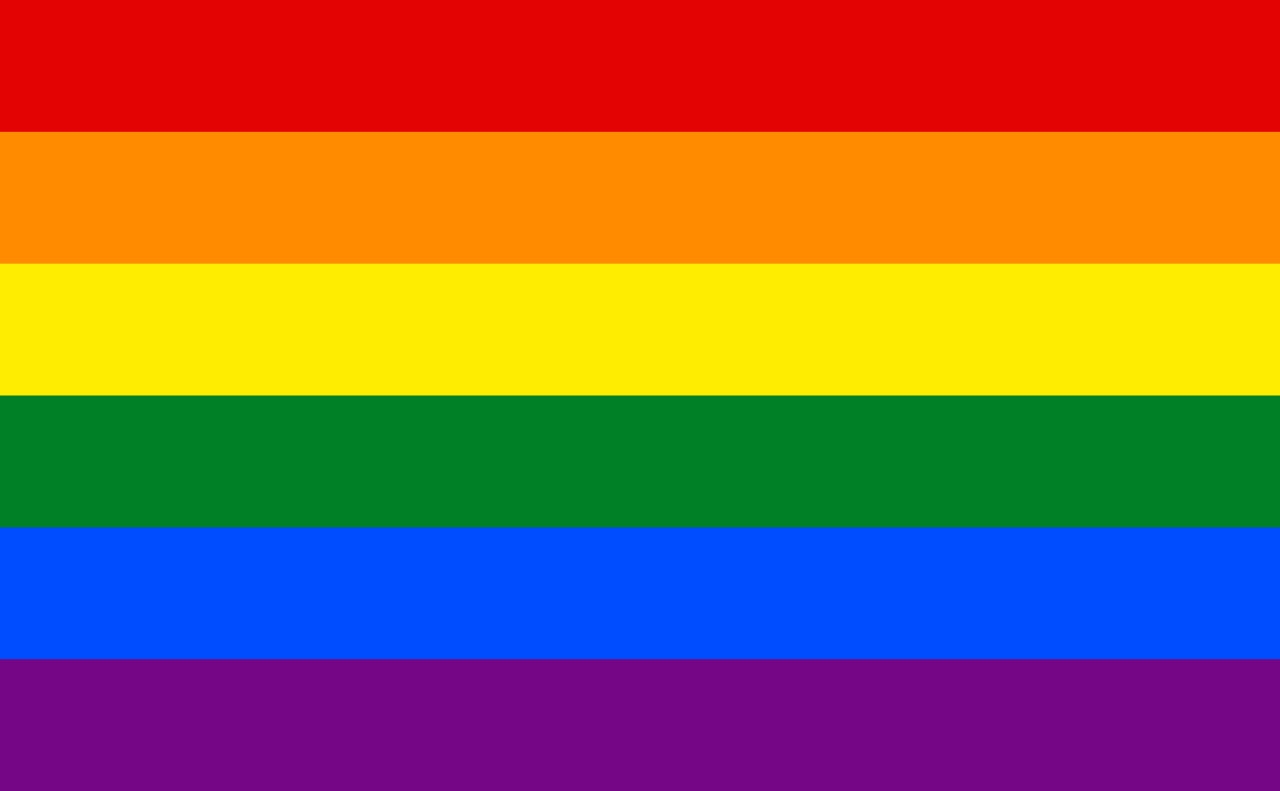Child Abuse and Awareness
Child Abuse and Awareness Month
Every year, Child Abuse Awareness Month is observed in April to recognize the efforts made by our communities and families in bringing up this issue in front of the world. It is important for families and communities to work together to strengthen families to prevent child abuse and neglect.
Through this collaboration, prevention services and supports help protect children and produce thriving families. Did you know that every one out of seven children in the U.S has experienced physical and sexual abuse? During this month, as well as the whole year, citizens are encouraged to raise the issue of child abuse and the well-being of children and families around the country.
While progress has been made in recent years to prevent and address child abuse and neglect, the problem is still a major social issue in the United States and across the world. The month of April provides an excellent opportunity to raise awareness of the impact of child maltreatment and the importance of prevention and community involvement.
History of Child Abuse Awareness Month:
The first National Child Abuse Awareness Month was declared by President Jimmy Carter in 1979. The Declaration was given through the efforts of Child help founders Sara O’Meara and Yvonne Fedderson.
After four years, April was formally established as the Child Abuse Prevention Month by President Ronald Regan. The U.S. Department of Health and Human Services requests the communities to actively take part in preventing child abuse and be supportive of the well-being of families. The federal government of the United States gives funds in support of child abuse cause.
According to a report, 646,000 children become the victims of child abuse and another 1580 children die due to child abuse. It was also found that most of the cases could have been prevented through community spurt and programs. Four million referrals are sent to Child Protection Services agencies showing concerns of abuse involving over six million children. Child abuse was first recognized in the twentieth century. The cases of child abuse are found more in developed countries rather than in developing countries. However, children have been beaten and physically abused for thousands of years, due to the belief that a child is a property of a parent.
Get involved to strengthen your community!
Baby steps
- Meet and greet your neighbors.
- Go to a parents’ meeting at your child’s school.
- Use the Activity Calendars to plan activities in your community.
Small steps
- Set up a playgroup in your community at people’s homes or local park (consider inviting people who may not have children at home, like local seniors).
- Organize a community babysitting co-op.
- Volunteer at your child’s school through the school’s administration or the parent’s organization.
- Encourage local service providers to produce a directory of available services that are easy to find in the community.
Big steps
- Organize a community event (a block party, father/daughter dance, parent support group)
- Run for an office in the parent organization at your child’s school.
- Attend local government meetings (city council or school board meetings) and let them know how important resources are in your community. Let them know how parks, strong schools, and accessible services help to strengthen your family and other families.
CHILD ABUSE STATS
Each statistic represents a human life. Change is necessary and together we will end child abuse.
74.9%- CHILD ABUSE VICTIMS ARE NEGLECTED
92%- OF CASES PARENTS ARE THE ABUSER
65,000- SEXUAL ABUSE CASES REPORTED
MAKE AN IMPACT SPREAD THE WORD TO YOUR FRIENDS & FAMILY ON SOCIAL MEDIA, MAKE A DONATION TO HELP OUR ONGOING LIFE-SAVING EFFORTS, and GET EDUCATED ON CHILD ABUSE PREVENTION & BREAKING THE CYCLE
While the information provided in this blog is intended to be informative and helpful, it's important to consult with a qualified professional for personalized advice. If you have any concerns or questions about your health or specific medical conditions, don't hesitate to reach out to your physician or another trusted healthcare provider. Your health is important, and seeking professional guidance ensures you receive the best care tailored to your individual needs.
